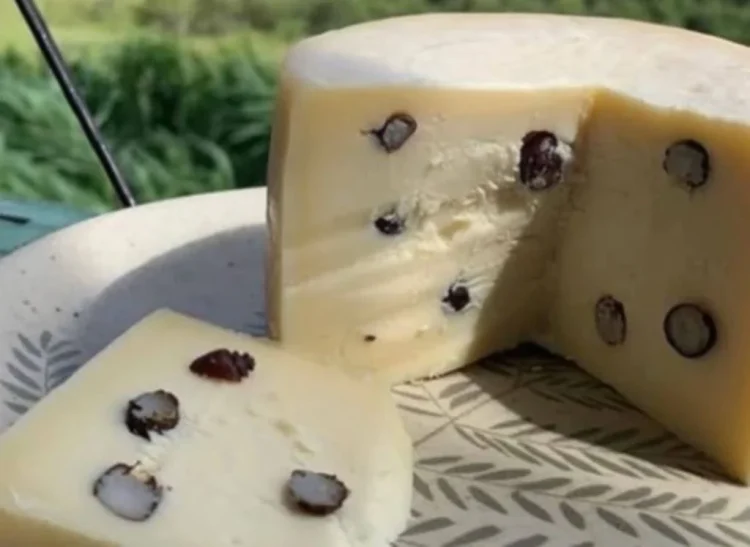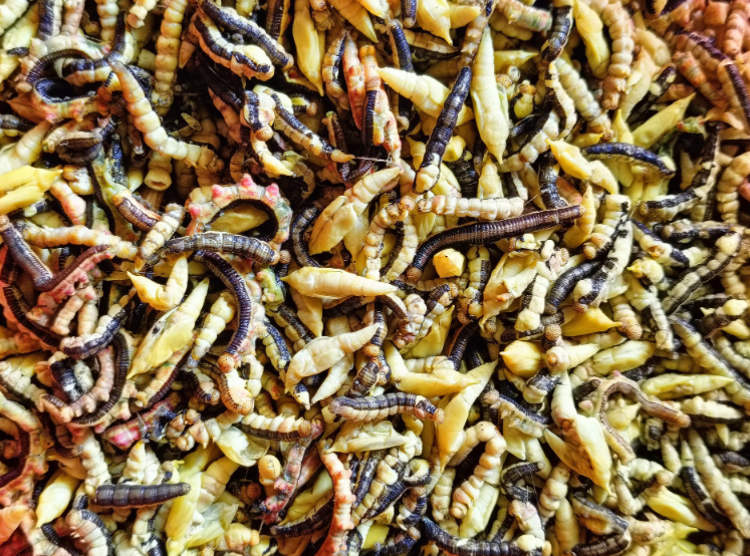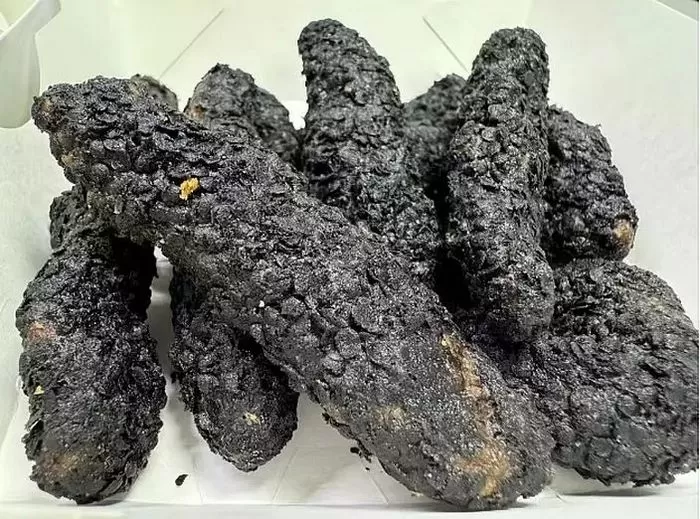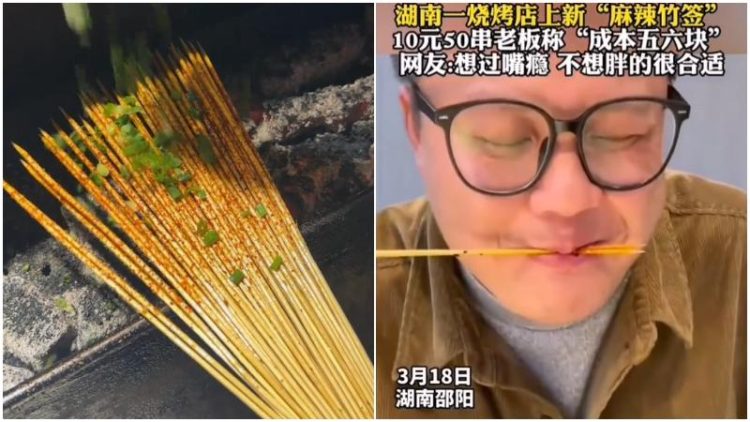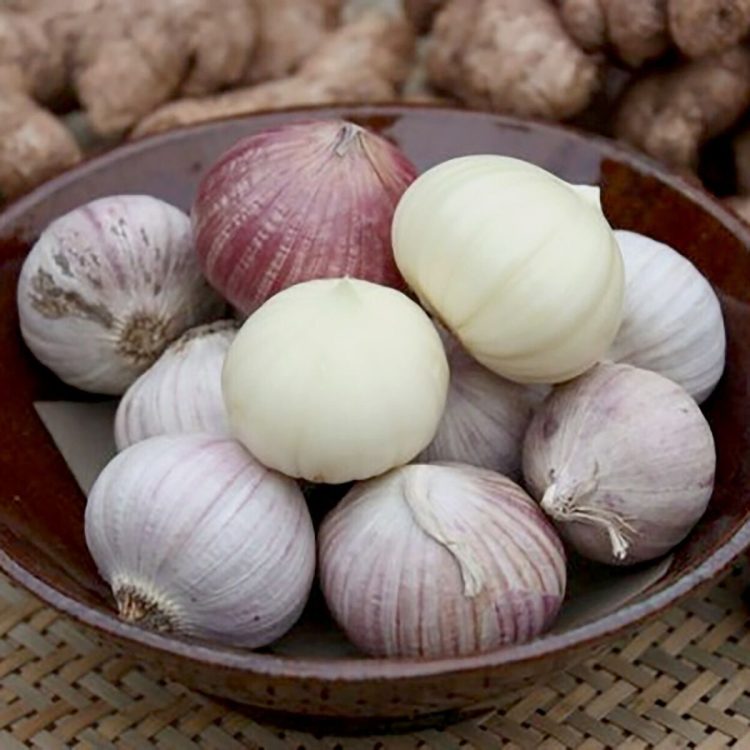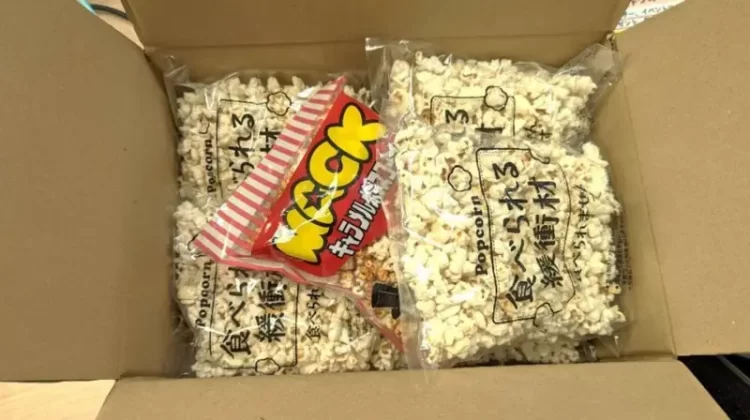Chu-hi-cha is the name of a new type of tea discovered by a Japanese researcher at Kyoto University. It involves brewing the droppings of caterpillars that have feasted on various plants.
Tsuyoshi Maruoka came up with the idea of caterpillar tea during graduate studies at Kyoto University’s Faculty of Agriculture, while researching the mysterious relationship between insects and plants. One day, a senior brought 50 gypsy moth larvae into the lab and told Maruoka that they were a souvenir. He didn’t really know what to do with them at first, but he eventually decided to at least keep them alive until he could decide, so he picked some leaves from a nearby cherry tree and fed them to the caterpillars. When cleaning the droppings left by the critters, he noticed that they had a pleasantly fragrant smell and was almost instantly inspired to brew them into tea.
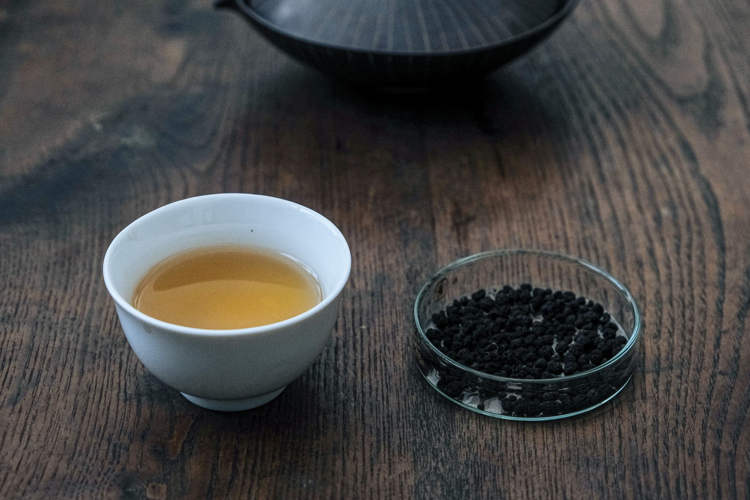
Photo: Chu-hi-cha
“This is going to work!” Maruoka told himself, and he was right. Not only did the dark color of the droppings give the tea a pleasant color, but the drink smelled like cherry blossoms and had an exquisite taste. This successful experiment inspired the researcher to explore this type of tea even further…
The Chu-hi-cha Tea project isn’t limited to the dung of gypsy moth caterpillars that feasted on cherry tree leaves, even though that’s how it began. Tsuyoshi Maruoka has already experimented with about 40 different types of plants and 20 insects and larvae, and the results are very encouraging. But with hundreds of thousands of plants and insects around the world, the combinations are virtually endless.
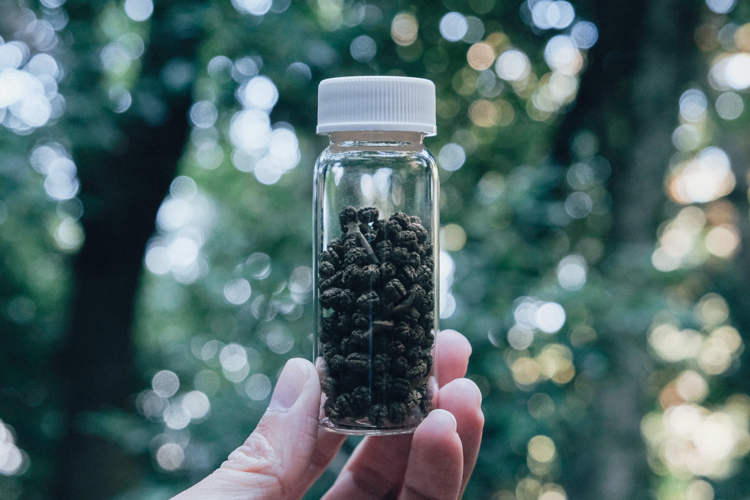
Photo: Chu-hi-cha
Maruoka claims that “the aroma and taste of Chu-hi-cha change dramatically depending on the type of plant and insect that are crossed.” Raw plants have an astringent and bitter taste designed to discourage animals from consuming them, but some insects have evolved to neutralize this taste with the help of enzymes in their digestive system. In dung form, the processed plants are no longer astringent or bitter and become surprisingly fragrant.
Inspired by his discovery, Tsuyoshi Maruoka decided to create a commercial version, so he recently posted a crowdfunding campaign on the Japanese platform Camp-Fire. He already blew past his original goal of 1 million yen ($7,800), and with 11 days left, the researcher is on track to surpass 2 million yen ($15,600) in pledged funds.
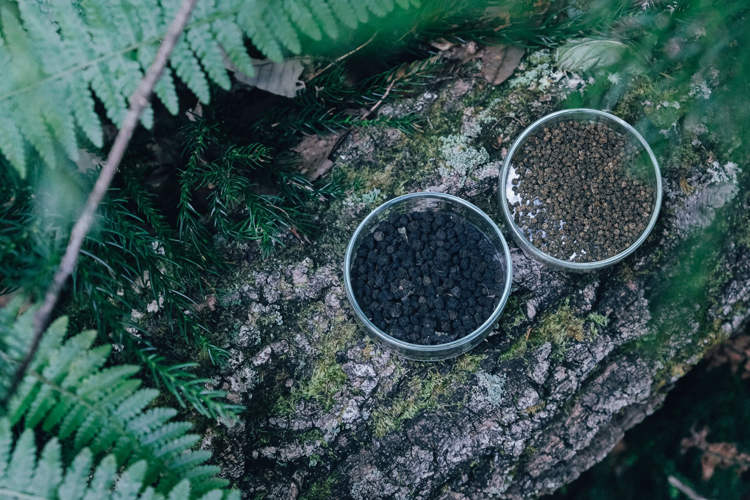
Photo: Chu-hi-cha
Camp-Fire supporters will receive samples from the two currently available Chu-hi-cha varieties – “Sakura x Iraga” (based on cherry tree leaves) and “Kuri x Omizuao” (based on chestnut leaves).
Interestingly, people have been consuming tea made from the droppings of silkworms that feasted on tea leaves for hundreds of years, as medicine. Modern studies have shown that the drink is a great source of bioactive flavonoids. However, Chu-hi-cha is the first commercial variety of tea made from caterpillar droppings.
If you find the idea of brewing tea from caterpillar droppings repulsive, you should know that some of the world’s most expensive types of coffee are brewed from the droppings of birds and elephant dung.





